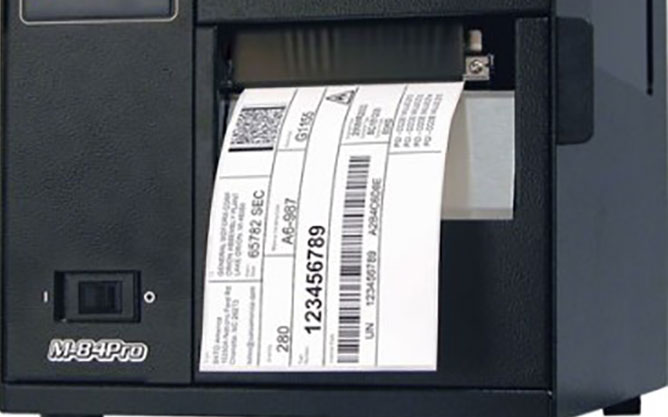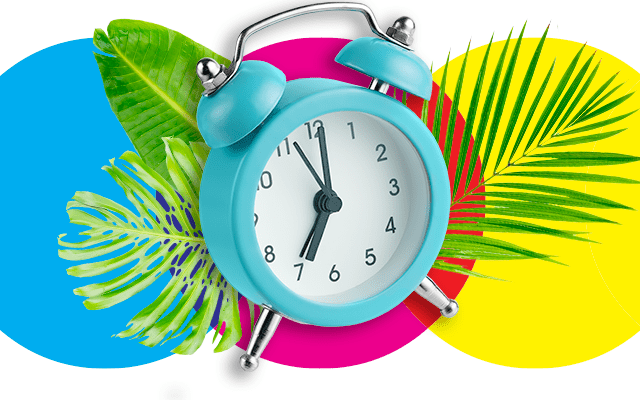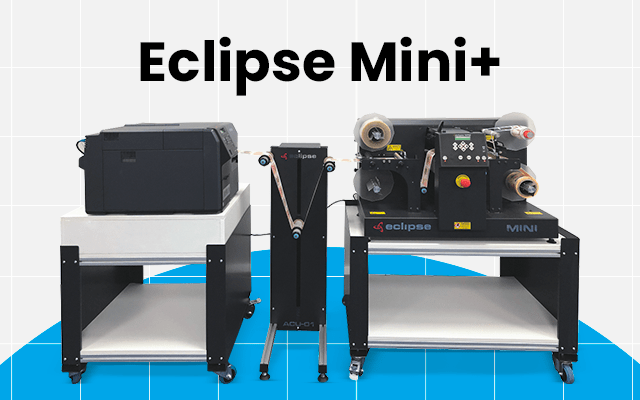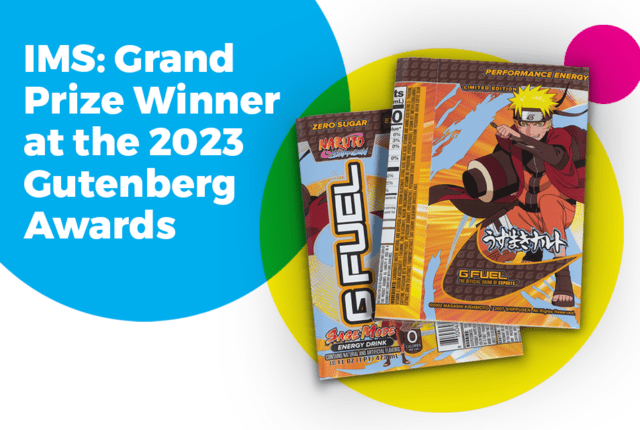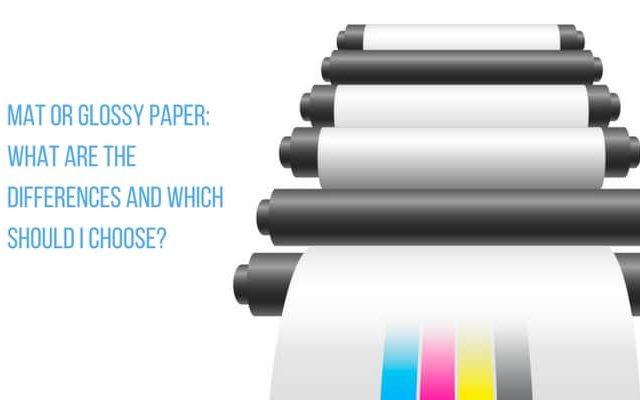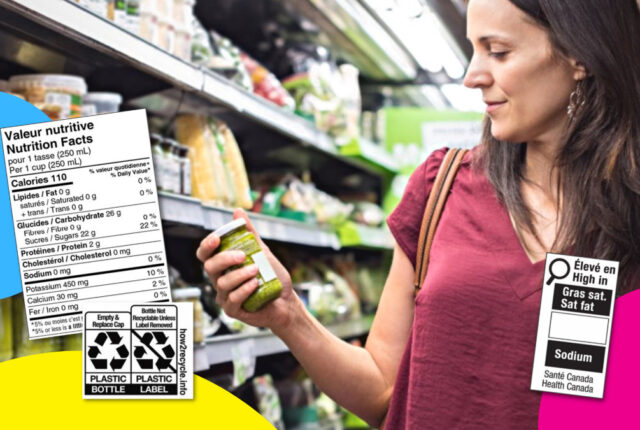A label is simple yet can be incredibly important. Take a label on a pallet for example. If the label falls off because it was exposed to water or gets misread because it was damaged, the entire pallet could get lost for good.
An extreme example, but it does happen. Which brings me to the following question: are you confident that your labels are performing as they should? The success of a label will depend on how well it matches it’s intended use. This is key, whether the labels are for your day to day operations or your product branding.
Let’s quickly review the most widely used label types:
Pressure sensitive labels
These are called pressure sensitive because the bond forms when pressure is applied to the label. They have rapidly become the most widely used type of label for several reasons:
- They are easier to apply because the glue is already below the label surface, which eliminates the steps of glue application and clean-up
- The simple, one step process is ideal for production automation, making application fast and reliable
- They have a large choice of adhesives for almost any situation: permanent or temporary, repositionable, resistant to cold or ultraviolet rays and much more.
Pressure sensitive labels are economical and suitable for all sizes of business.
Glue applied labels
Though more traditional, these types of labels continue to be used extensively. In this case, the label and adhesive are separate until applied. The adhesive can either be water-based, or solvent based.
Although solvent based adhesive is typically considered more reliable, it does have the disadvantage of emitting volatile chemicals during the coating of the label. Water-based adhesive is less damaging to the environment and its technology has been improving.
Also in the category of glue applied labels are hot melt adhesives. These are solid until heated, then applied to the label in a semi-liquid state. They cure quickly upon application and create an extremely strong bond. They have the advantages of not emitting chemicals and being safe enough to use for food labelling. They are also water resistant and can withstand heat and cold.
Within these categories of labels there are many subcategories that were created to address a great variety of needs. This can sometimes make it difficult to choose. Generally speaking however, it can be helpful to consider these points before purchasing:
- Intended use/Expected lifecycle of label
- Material costs
- Application equipment costs
- Operational costs
Most of all, don’t hesitate to consult with labelling experts, who can evaluate and recommend options you may not even be aware of!

